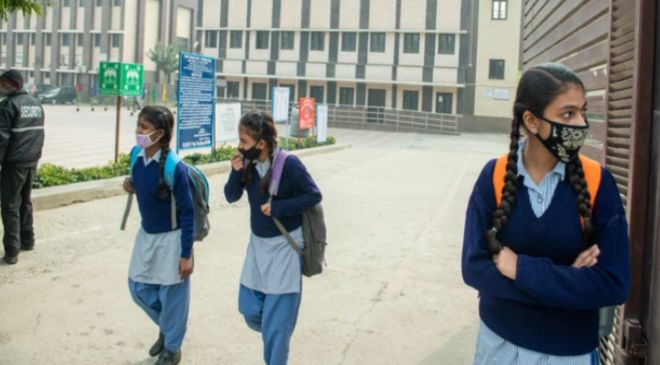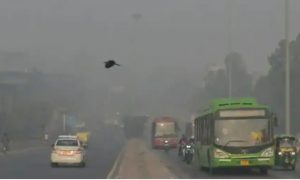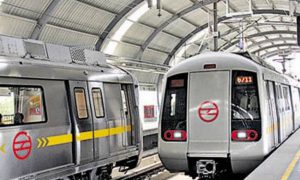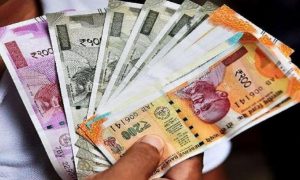Schools have been instructed to transition to online classes after Delhi’s Air Quality Index (AQI) reached the ‘severe plus’ category, registering 457 at 7 pm on Sunday due to adverse weather conditions.
In response to rising pollution levels in the capital, the Delhi government announced on Sunday that students from nursery to Class 9 will shift to online classes starting Monday until further notice. However, physical classes for students in Grades 10 and 12 will continue as scheduled.
“With the imposition of GRAP-4 from tmrw, physical classes shall be discontinued for all students, apart from Class 10 and 12. All schools will hold online classes, until further orders,” Chief Minister Atishi said in a post on X.
Read More: Delhi Vidhwa Pension Yojana: Receive ₹2,500 Monthly – Here’s How To Apply
GRAP-4 enforced in Delhi-NCR
The Delhi government announced stricter pollution control measures under Stage 4 of the Graded Response Action Plan (GRAP), following a surge in air pollution levels. Effective from 8 am on Monday, these measures aim to combat the city’s worsening air quality, which hit the ‘severe plus’ category with an Air Quality Index (AQI) of 457 on Sunday evening.
Key restrictions under GRAP-IV include – Entry of trucks into Delhi is prohibited, except for those carrying essential goods or operating on clean fuels like LNG, CNG, BS-VI diesel, or electric power. Non-essential light commercial vehicles from outside Delhi are also restricted, except for EVs, CNG, or BS-VI vehicles.
Furthermore, construction activities for public infrastructure projects, such as highways, flyovers, power lines, and pipelines, have been suspended. Also, medium and heavy diesel goods vehicles registered in Delhi with BS-IV or older standards are banned, except for those engaged in essential services.
What is GRAP-4?
The Stage-IV response includes an 8-point action plan aimed at addressing the severe pollution levels in Delhi. Among the key measures is the restriction on non-essential truck traffic entering the city, with exceptions made for vehicles transporting essential goods or providing vital services. These actions are part of a broader effort to control emissions and improve air quality, as the city grapples with a critical air pollution crisis.
Read More: Delhi’s Sarai Kale Khan Chowk renamed as Birsa Munda Chowk
Delhi AQI reaches ‘severe plus’ level
Delhi’s air quality deteriorated further on Monday morning, with a thick layer of smog covering several parts of the city. The Air Quality Index (AQI) plunged into the ‘severe plus’ category, with a reading of 483 recorded at 7 am, according to the Central Pollution Control Board. In addition to the alarming pollution levels, toxic foam was seen floating on the Yamuna River at Kalindi Kunj, exacerbating environmental concerns. Residents reported experiencing breathing difficulties and eye irritation due to the worsening air quality and pollution.
The curbs were imposed after Delhi recorded an AQI of 441 earlier on Sunday evening, making it the second most polluted city in India. According to Central Pollution Control Board (CPCB) data, Bahadurgarh in Haryana had the highest AQI at 445, followed by Delhi (441), Bhiwani in Haryana (415), and Bikaner in Rajasthan (404).





































